Recently, when we needed to make the mast for our Nutshell Pram, I was excited to use a spar gauge to mark the spruce for tapering and rounding. While the mast is small, I was not excited about hand-planing the larger sections during the tapering process. To make this job less onerous, I enlisted the help of DeWalt’s 20V MAX XR Brushless Cordless Planer, which transformed the tapering from a chore into a fun day.
My first impression was that the tool’s weight and size would allow me to make the precise cuts on the mast in an efficient, controlled manner. The mast was marked for tapers on two opposing sides, and the planer made short work of removing material. I started out on the lowest depth adjustment, 1/256″ (0.01mm), which is one step up from a zero cut. I could barely notice the cut at this setting (which would be good for final finishing on broad surfaces like thwarts), so I deepened the cut to 1/64″, which is a setting I like on my table-top thickness planer. At this depth, a satisfying amount of material was removed with each pass and I was able to work multiple short cuts on the more tapered end of the mast, gradually blending the short cuts into longer cuts that flowed along the entire 5′ taper. At first, I planed close to the line and finished the final taper with a hand plane, but after a few minutes of using the DCP580, I was comfortable with planing to the line. After I cut the mast’s four tapers with the planer there was still enough battery power to finish the eight-siding and cleaning off the high corners between the eight faces.
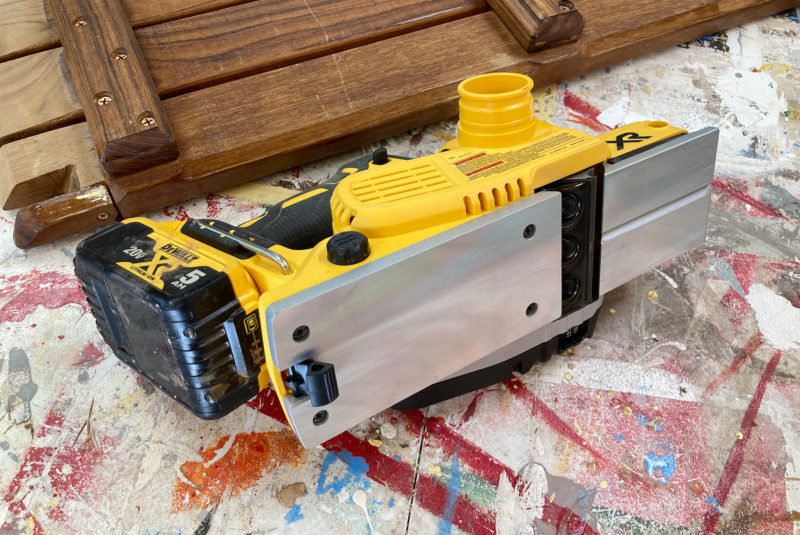 Photographs by the authors
Photographs by the authorsThe milled aluminum sole has a groove for chamfering and a kickstand so the tool can be set down with the blades elevated. The kickstand pivots out of the way when the planer is pushed forward; it can also be locked in the up position.
The belt-driven, twin-blade cutter head spins at 30,000 rpm, with a minimum speed of 15,000 rpm. DeWalt’s 20V brushless technology increases torque to the motor to keep rpm constant as the load on the blades varies. At the smallest diameter of the mast, 1-3/8″, the planer was easy to control while making fine cuts on narrow faces. As an experiment, I tried deep cuts on a scrap of mahogany and the motor only slowed down if I pushed especially hard to make a fast cut. The brushless motor extends battery life, too, and most times we find that we’re ready for break time even as the planer is still going strong. Weighing just 7.4 lbs, the tool did not significantly contribute to our fatigue.
The blades are 3-1/4″ wide, with an option for high-speed steel blades or reversible dual-edge carbide blades. There is a useful storage compartment in the handle for spare blades and the wrench needed to change them.
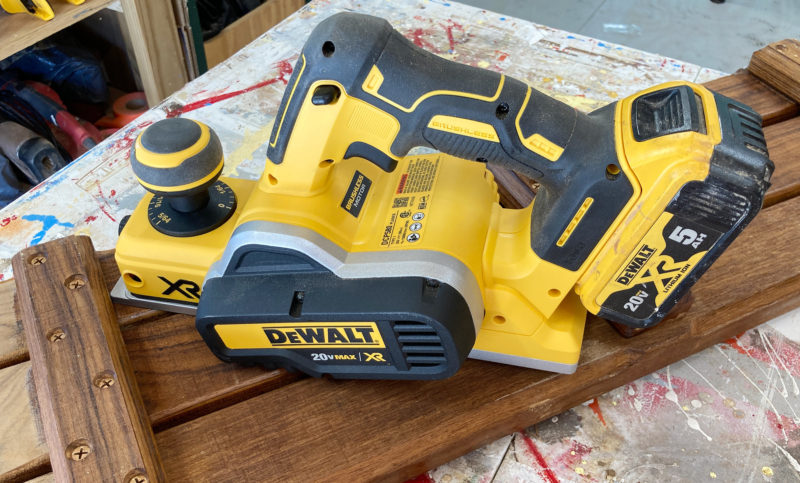
The planer’s brushless motor maximizes battery life and adjusts to keep the cutter head running at a constant speed.
This small planer’s overall length is 13.7″, the height is 8.9″, width 8″, and the shoe is 3-1/4″ wide and 11-1/2″ long, making it a good fit for small workpieces. I like the smaller size and precision depth adjustments because if I do make a mistake (when I make a mistake) it will be a small one. The precision-machined shoe has a 4.5- to 8mm-wide chamfering groove down the middle, which is handy for easing sharp corners—something we always do on a small boat—and this groove can be used to begin eight-siding a small spar more accurately. The dust extraction port is on the right side and can be connected to a dust bag or a dust-extraction system with a DeWalt adapter. The chip chute is large enough that it rarely jams. For those needing it, there is a fence included that can be used for rebate cuts up to 23/64″; the fence can be used on either the left or right side. A small kickstand behind the aft end of the shoe keeps planer blades off the bench or workpiece when the motor is off.
The DeWalt cordless planer proved to be the right tool for our mast-making project. Its small size and precision cuts are my favorite features of this planer, and we see much more use to come as we plane more boat lumber.![]()
Audrey and Kent Lewis mess about with boat lumber in the Hampton Roads area of Virginia. Their small boat adventures are logged at their blog, Small Boat Restoration.
The DeWalt cordless planer is available for around $219 at many hardware and home-improvement stores as well as from online retailers.
Is there a product that might be useful for boatbuilding, cruising, or shore-side camping that you’d like us to review? Please email your suggestions.

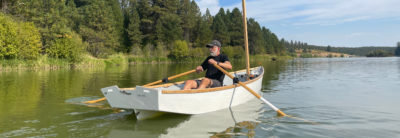
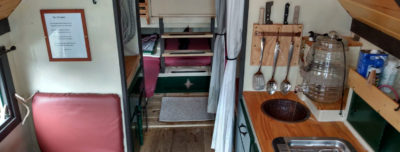


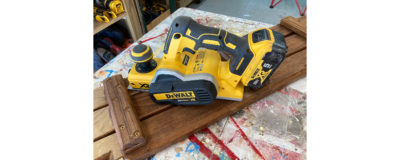
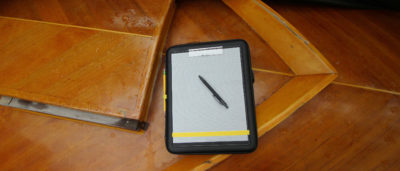
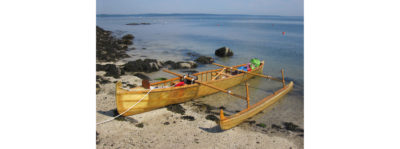
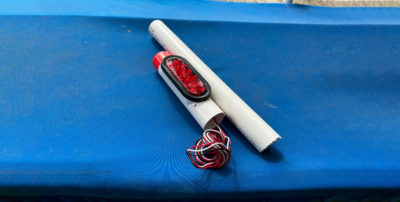
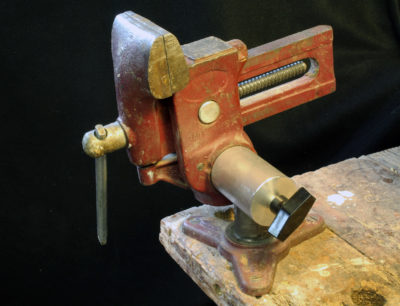
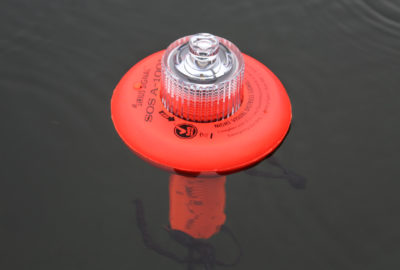
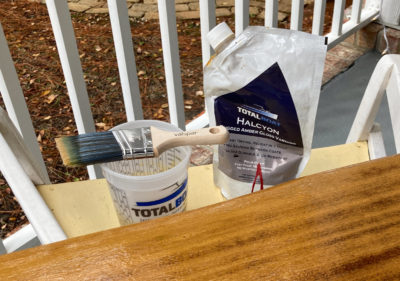
I’ve used both power planers and hand planes to make spars, including a birdsmouth mast 24 feet long, and have concluded that a good human-powered plane is both more useful and more satisfying to use. It isn’t difficult—you’re planing soft Sitka spruce or Douglas-fir, and you’ve kept the blade very sharp (I hope), so it doesn’t require a lot of muscle. The big advantage is in refinement: You can take very small shavings and feel the mast shape coming progressively closer to the ideal with your hand. (The hand is more useful than the eye here.) The chance of making a Big Mistake is low. And I don’t mean to sound mystical, but there really is something beautifully rewarding in the tactile connection between hand and wood. A planer’s motor masks that connection, while a good hand plane transmits it as if there were hardly any mechanical intervention at all.
For the record, I use a classic Stanley #4 jack plane ( 60-70 years old; it actually says MADE IN USA on it) and a larger Lie-Nielsen #5 for spars. A block plane stands by for dealing with the smallest bumps and ridges.
I’m certainly not opposed to power tools; I probably use them for 90 percent of the operations in building boats. But I enjoy the special occasions where I think the hand tools do a better job, and making spars is one of them.
Larry,
I agree. I heard somewhere, that “planing is happy work,” not always easy, but happy just the same.
Surprisingly, I was still able to feel small ridges when rounding a spar and could hear a small difference in the blades for the high and low areas. For me, not being tethered by a cord improved the feel, and we agree that a good sharp hand plane is also a lot of fun.
I have found one big advantage of a good electric plane is that I don’t always have to be as careful of the grain in the wood. When I’m trying to meet a deadline and have both rising and falling grain in the wood, it’s a pleasure to just focus on the job and not worry I’ll catch.